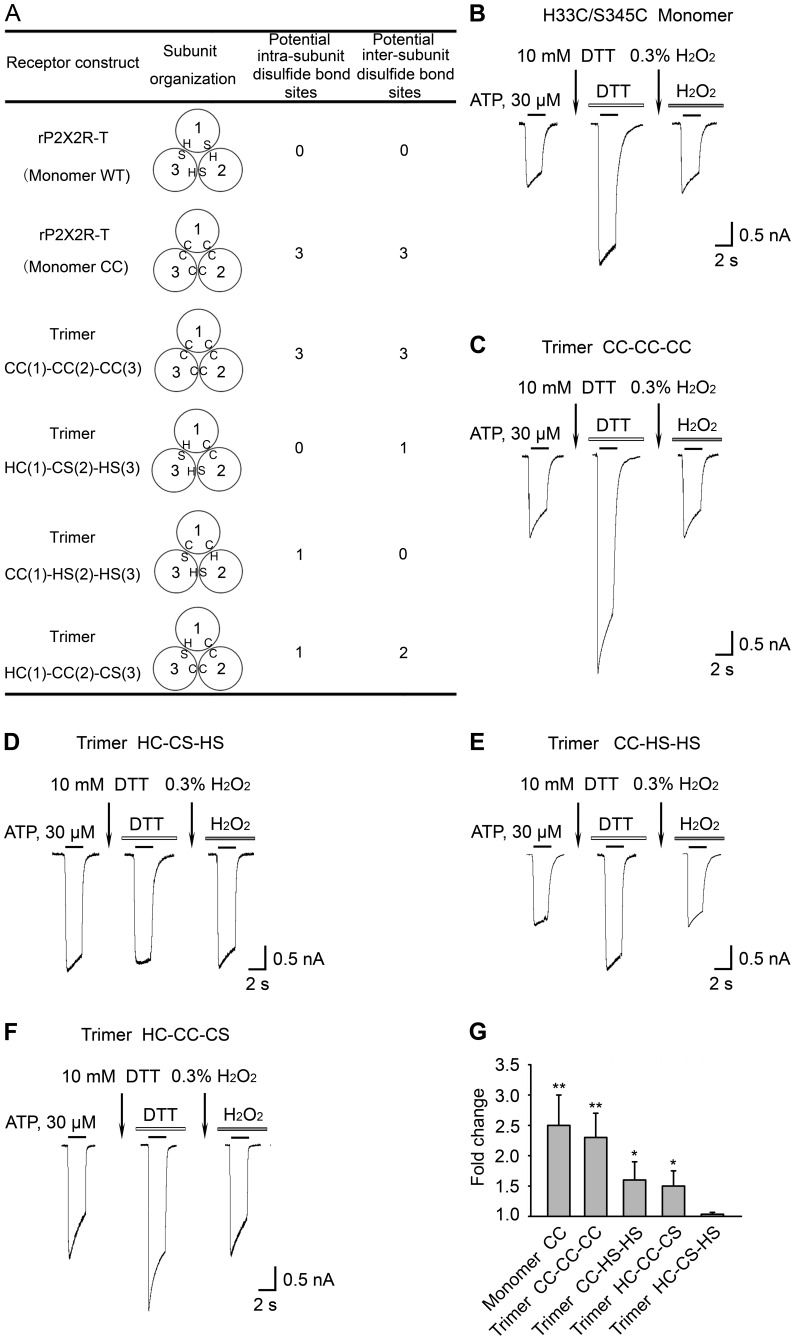Figure 4. Concatameric constructs suggest an intra-subunit interaction.
(A) Predicted number of intra-subunit and inter-subunit disulfide bond sites in the receptor construct. In each diagram, H and S mean His33 and Ser345, respectively. C means cysteine substitution. A circle indicates one subunit. Three subunits make up a receptor and are numbered 1, 2 and 3. In the monomer, each subunit has one N terminus and one C terminus. The concatameric constructs have only one N terminus and one C terminus. Figures (B), (C), (D), (E) and (F) present the effects of DTT and H2O2 on the H33C/S345C monomer, trimer CC-CC-CC, trimer HC-CS-HS, trimer CC-HS-HS, and trimer HC-CC-CS, respectively. After stable responses were evoked by 30 μM ATP (black bar), the cells were incubated in 10 mM DTT for 5 min (first arrow) and were then evoked by 30 μM ATP plus 10 mM DTT (white bar). After stable currents were obtained, cells were incubated with 0.3% H2O2 (second arrow) for 3 min to inverse the effects of DTT, after which the cells were evoked by 30 μM ATP plus 0.3% H2O2 (grey bar). The gaps indicate 3-min time intervals between ATP applications. The same protocol was applied to the H33C/S345C monomer and four different concatameric constructs. For (B), (C), (D), (E), and (F), all currents were measured at least twice to obtain stability. (G) Summary of relative current changes in (B), (C), (D), (E), and (F) after DTT application. All currents were normalised to those measured prior to application of DTT (n = 3-10 cells for each case). For (G), * (P< 0.05), values are significantly different from that observed for trimer HC-CS-HS. ** (P< 0.01), values are significantly different from that observed for trimer HC-CS-HS.

